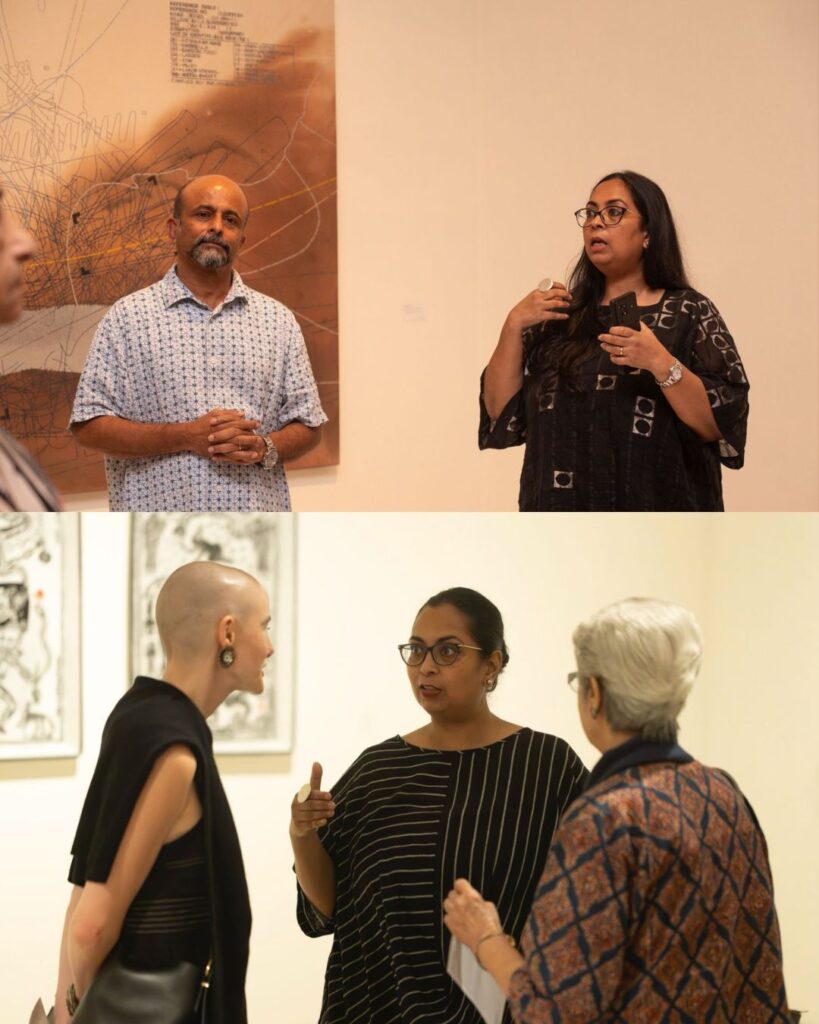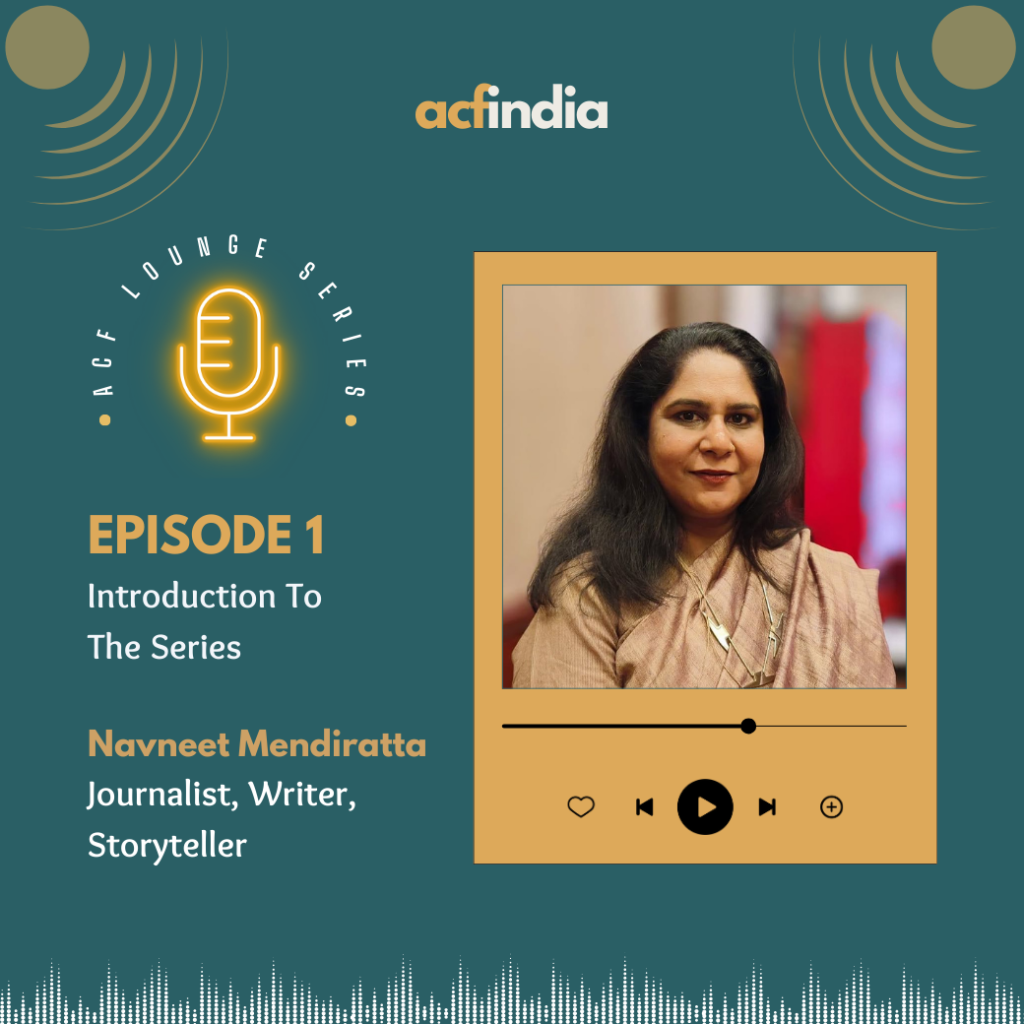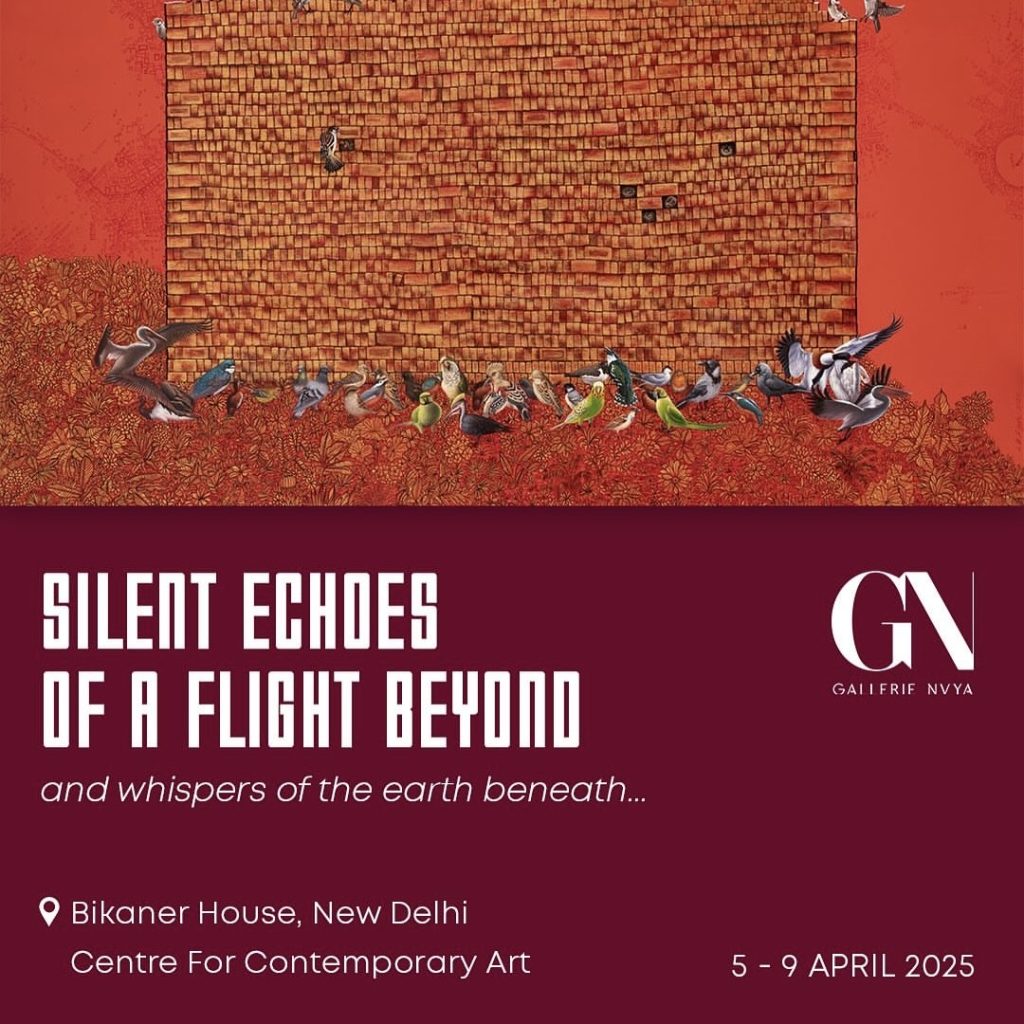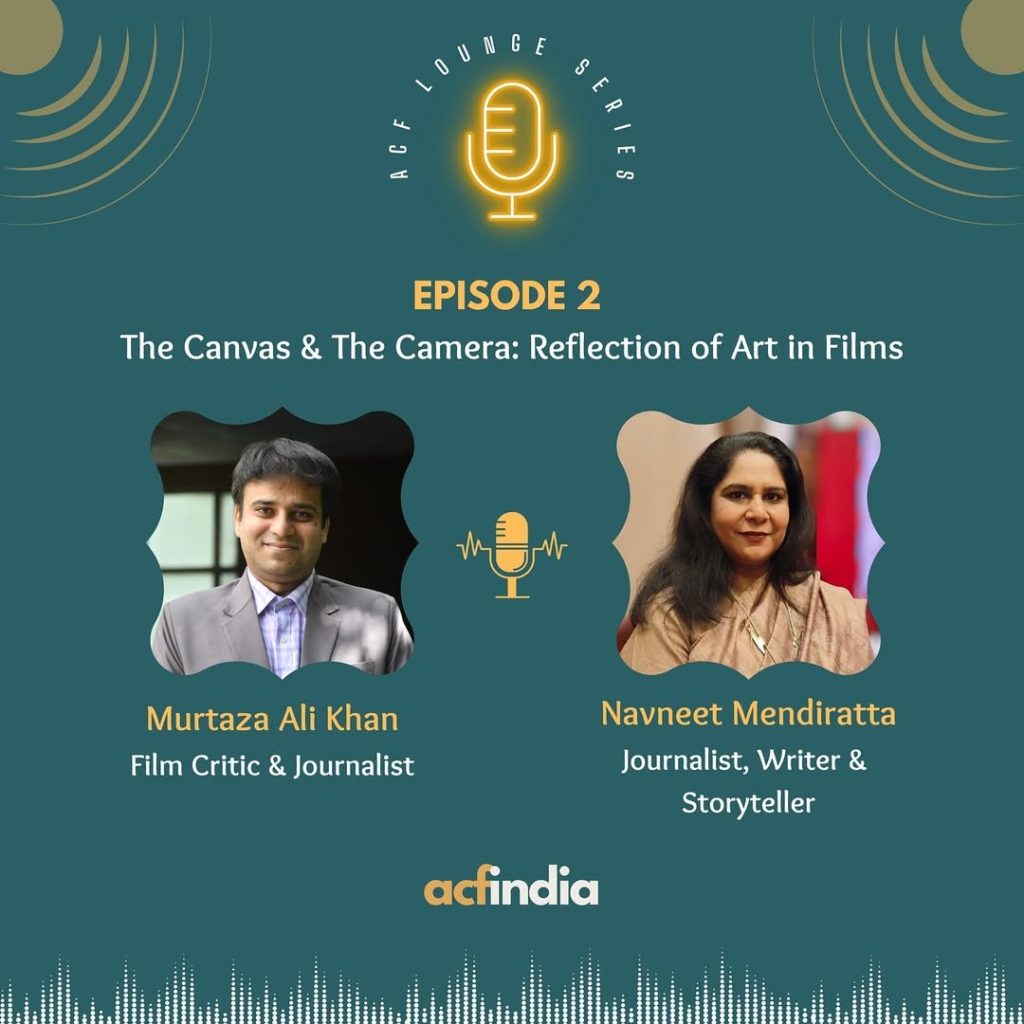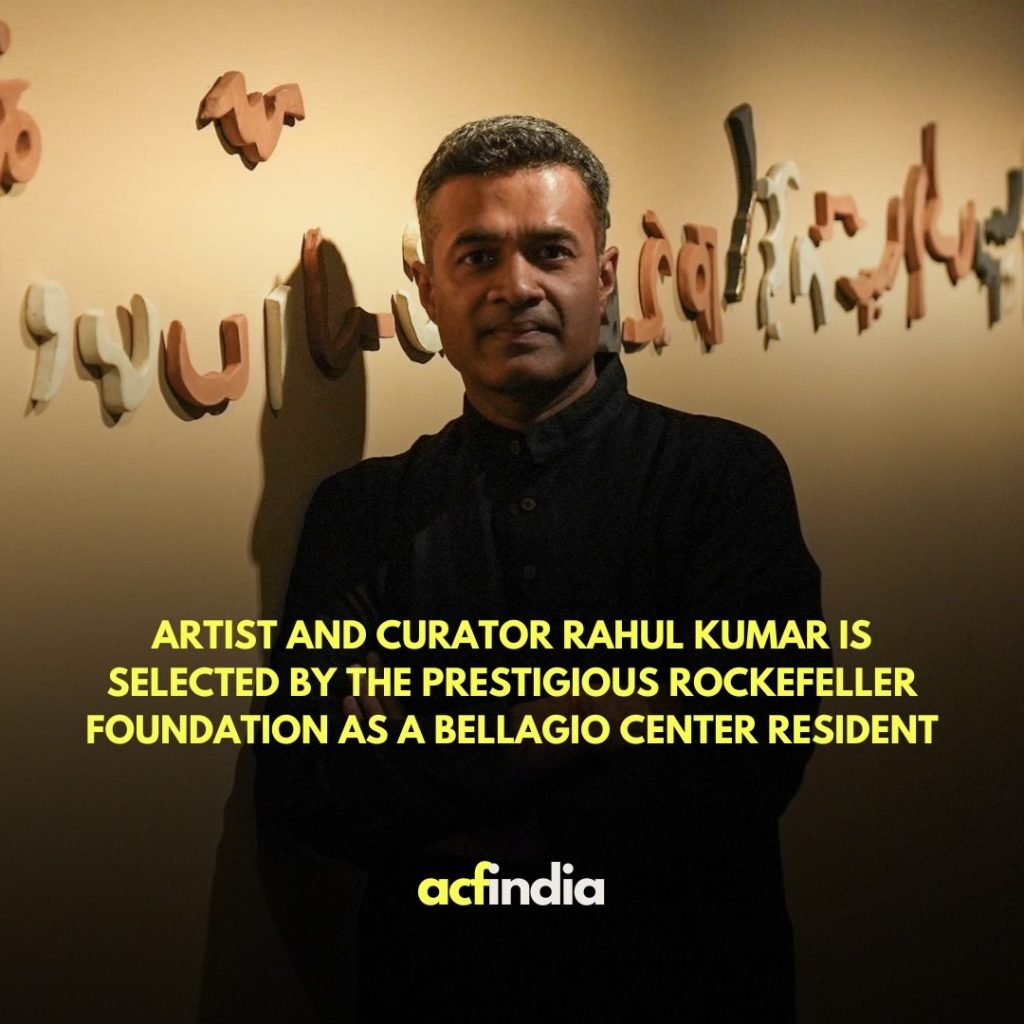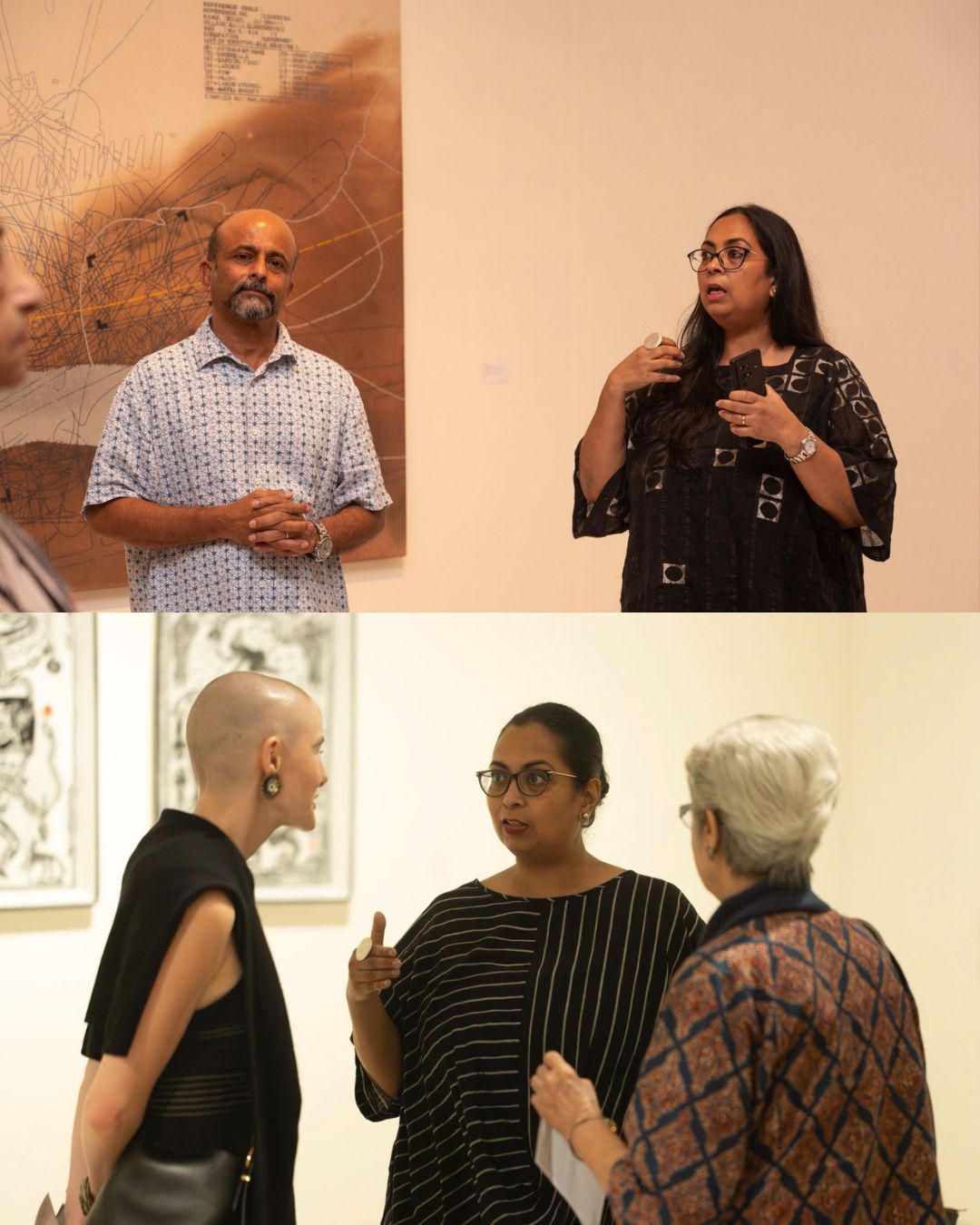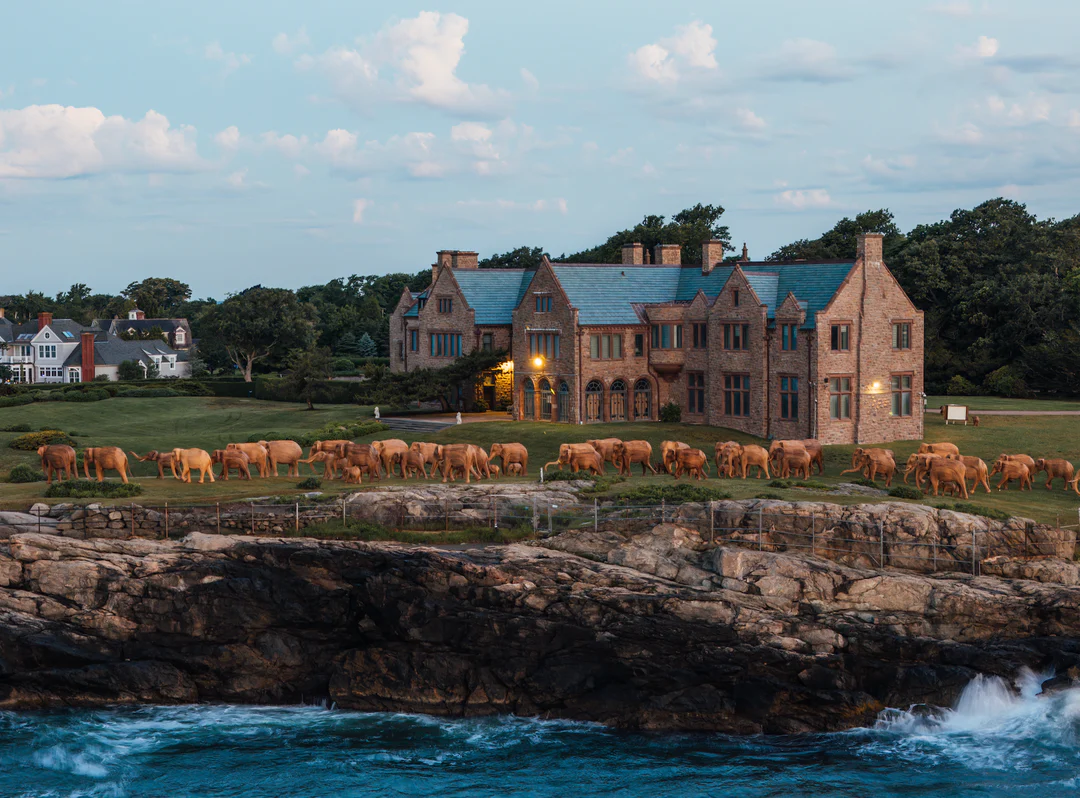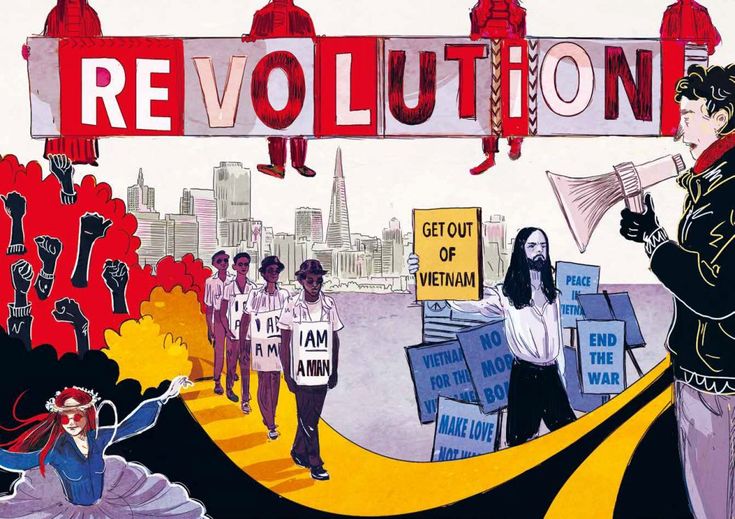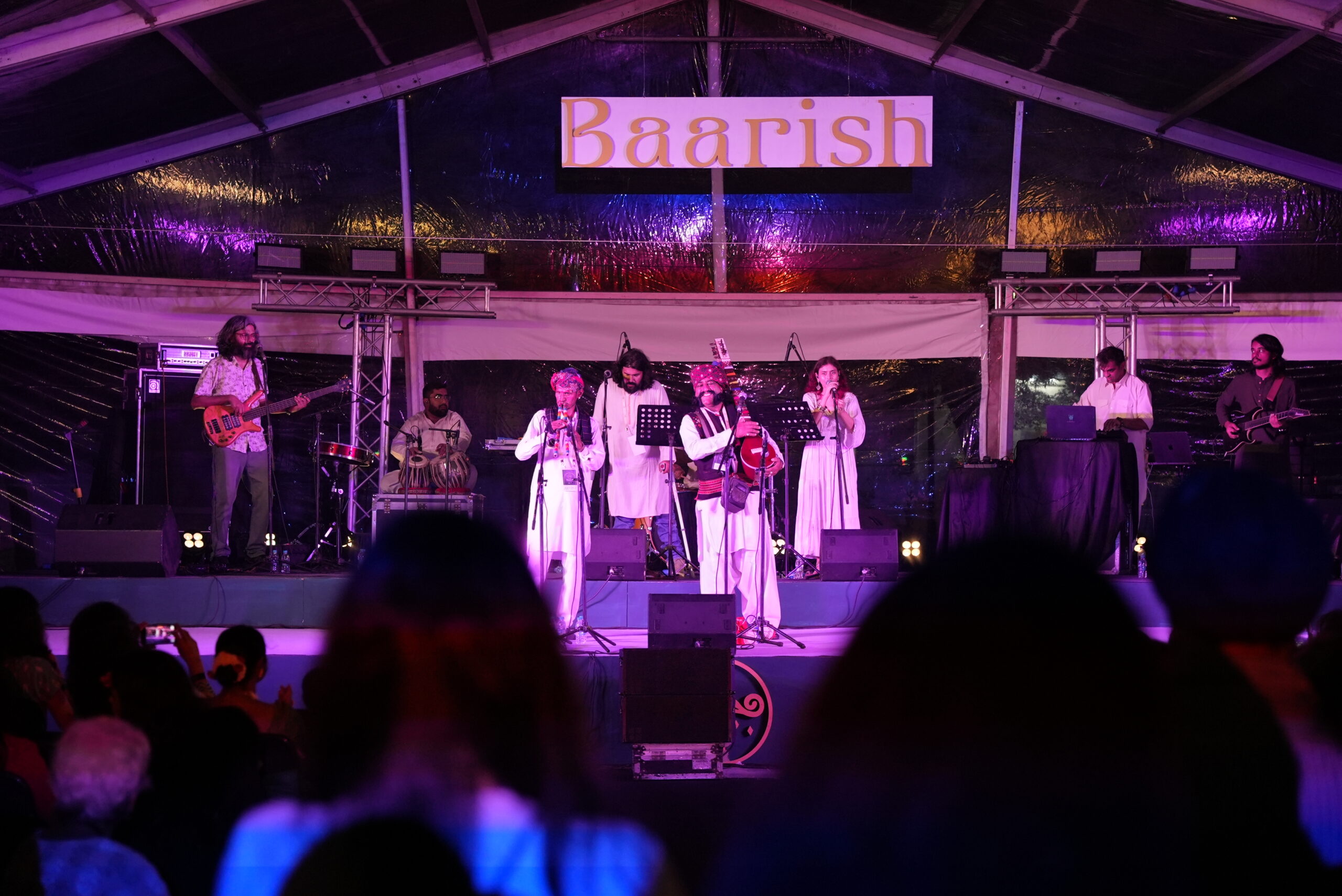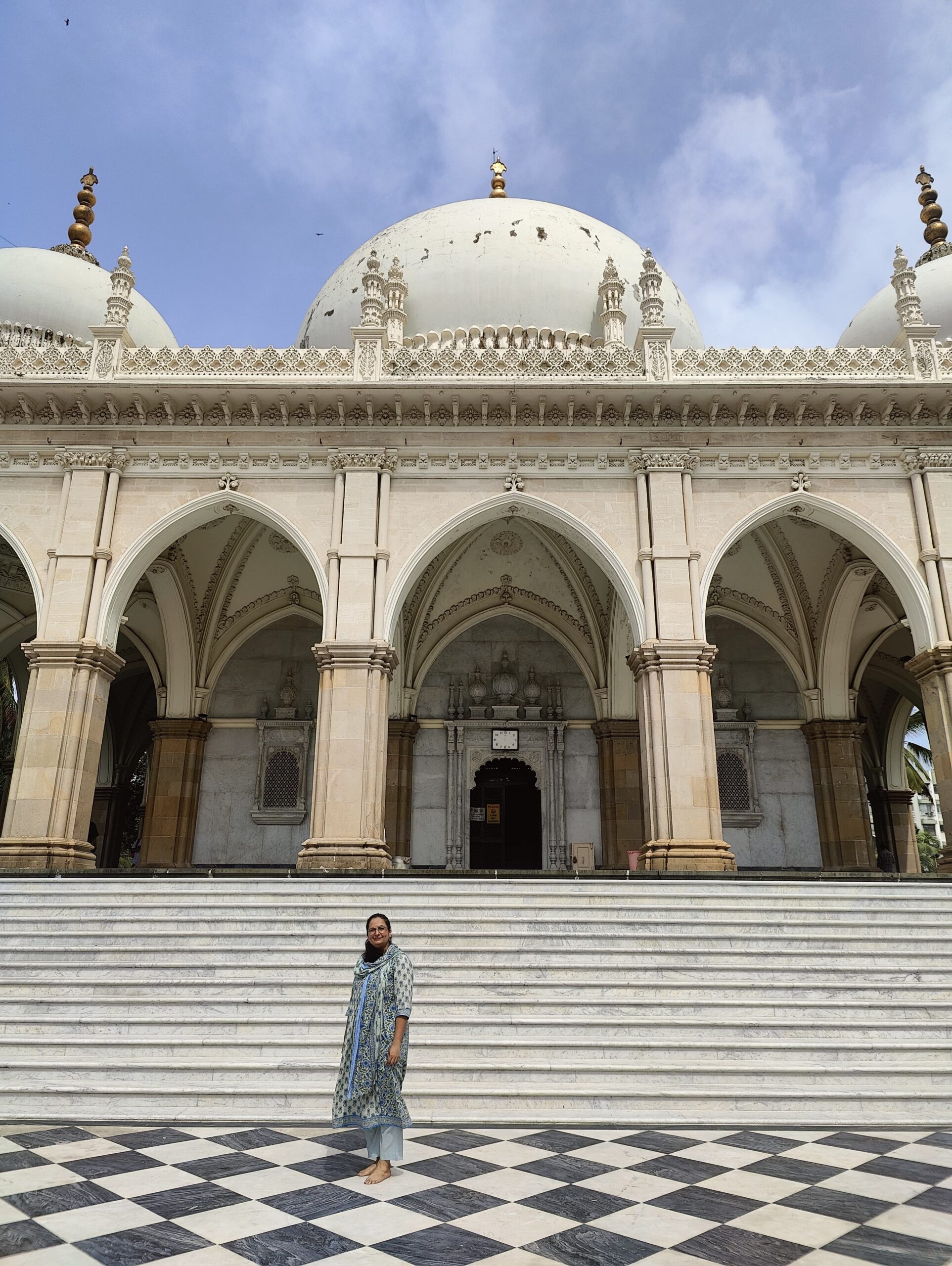Image credits: Emami Art / Instagram
Whether you are a student, artist, performer or just part of a larger curious crowd, there is always something artistic to look forward to in the city of joy. Beyond strolls through Victoria Memorial or a day at the Indian Museum, whether you are a visitor or a local, you can always plan an art gallery hop, enjoy a musical evening, or take part in a critical discourse, all within the vibrant Green campus of the Kolkata Centre for Creativity. A key component of this creative ecosystem is Emami Art, established in 2017, now a leading contemporary art gallery that extends its reach far beyond exhibitions by regularly hosting panel discussions, experimental film festivals, and showcases that explore themes of gender, identity, and South Asian geopolitics.
Behind its creative vision is Ushmita Sahu, Director and Head Curator of Emami Art. An alumna of Kala Bhavana, Visva-Bharati University, Santiniketan, with a background in Fine Arts, Ms. Sahu has been at the helm of Emami Art since 2021, guiding its evolution into a dynamic space for critical engagement, inclusivity, and artistic discourse. Beyond her curatorial responsibilities, she has been responsible for fostering collaborations, mentorships, critical dialogue, artistic and creative exchange, as well as innovative pedagogical approaches to knowledge production and dissemination.
Ushmita Sahu, Director and Head Curator, Emami Art
In a candid conversation with ACF India, Ushmita Sahu shares insights into Emami Art’s current direction, future outlook, and her own personal projects.
- Since joining Emami Art in 2021, how have your extensive experiences—as an independent curator, artist, scholar, and mentor shaped your curatorial vision and strategic direction for the gallery?
Answer: While Emami Art functions as a commercial gallery, my aim has been to build a programme that extends beyond transactions—toward fostering inquiry, experimentation, and cultural production. Drawing from a background that spans curatorial practice, artistic training, teaching, and research, I’ve approached this role as one of mediation—between artists and audiences, ideas and institutions, and between market mechanisms and critical frameworks.
Commerce, for us, is not separate from culture—it enables sustainability, supports practitioners, and allows us to invest in long-term relationships. But equally, we see value in slower, research-led engagements that deepen context and visibility for voices often left out of mainstream narratives.
This dual commitment—to creative integrity and commercial strength—guides much of our thinking. It also informs how we frame regional programming, expand archival efforts, and build partnerships that reflect both artistic rigour and economic viability.
Image credits: Emami Art
- Emami Art operates on a sustainability-driven model where commercial viability funds cultural regeneration and public service. Could you describe how this framework influences your process for planning exhibitions and selecting artists?
Answer: Emami Art operates within the larger ecosystem of the Kolkata Centre for Creativity (KCC), which enables us to sustain a model where commercial viability supports cultural regeneration and public service. This framework allows us to move beyond market imperatives and invest in exhibitions that are archival, regionally rooted, research-driven, or experimental—practices that may otherwise struggle for visibility.
When planning exhibitions or selecting artists, we are able to prioritise voices from the East and Northeast, revisit overlooked trajectories, and foreground narratives that are often missing from dominant art historical discourses. The relationship with KCC supports this vision, offering space for long-term thinking, pedagogical inquiry, and critical dialogue.
Ultimately, this model allows us to be both responsive and responsible—building platforms for meaningful engagement while sustaining a diverse and evolving cultural ecology.
Image credits: Emami Art
- Emami arts hosts talks, seminars, panels, as well as mentorship programmes and regional residencies; could you describe the process of enrolling oneself in Emami Art’s mentorships and what should young artists expect out of a residency programme?
Answer: Our mentorship and developmental programmes are envisioned as structured yet exploratory spaces that support emerging practitioners in evolving their artistic voices. Selection is typically through a combination of open calls and curatorial nominations, with an emphasis on conceptual depth, clarity of intent, and a willingness to experiment.
These programmes are designed to offer critical feedback, foster cross-disciplinary dialogue, and connect artists with a wider professional ecosystem. More than just skill-building, the objective is to help participants position their practices within broader historical and socio-political frameworks—an approach that informs much of our larger curatorial and public programming as well.
Ushmita Sahu with artist Prasanta Sahu; Image credits: Emami Art
- Looking ahead, what are your strategic priorities for Emami Art over the next three to five years?
Answer: We’ve always operated with clear five-year plans, and in the upcoming phase, our focus is on consolidating Emami Art’s position as a commercially driven gallery with a strong commitment to cultural responsibility. Commerce remains central to our vision—it enables us to sustain ambitious programming, invest in long-term artist development, and support critical discourse.
Our key priorities moving forward include deepening our regional focus—particularly in underserved geographies—expanding our archive and publications programme, and strengthening pedagogical and mentorship initiatives. The growing international recognition of many of our younger artists is an encouraging sign, reinforcing our commitment to supporting the next generation with both visibility and market access.
We also aim to grow our global collaborations and increase our outreach and engagement. As we approach Emami Art’s 10th anniversary, we’re planning a year-long programme that will celebrate our journey while reaffirming our evolving role in the art ecosystem—rooted in both market excellence and cultural leadership.
5. Are there any specific artists, emerging or otherwise, that you feel audiences should be paying closer attention to right now?
Answer: We work with a diverse range of artists across generations—senior, mid-career, and emerging—and each of them contributes uniquely to the evolving discourse of contemporary art. Among the younger generation, —Arpita Akhanda and Debashish Paul have been drawing attention for their conceptually rigorous and materially engaged practices.
At the same time, several of our mid-career and senior artists continue to produce deeply compelling work that reflects both continuity and innovation. Rather than spotlighting individuals, I would encourage viewers to engage with the full spectrum of practices we support, as each offers a distinct and thoughtful voice in the larger conversation.
Ushmita Sahu with artist Ujjal Dey. Image credits: Emami Art.
6. You are currently authoring a book on the modernist design histories of India. Could you please elaborate on its present status — what stage has it reached, any particular research gap that you are trying to expand into and what you envision as its final contribution to the field?
Answer: Thank you for this question. The book I’m working on explores modernist design histories in India, with Riten Mozumdar at its fulcrum—a figure whose life and work I’ve been researching for several years and have previously presented through objects and ephemera in two exhibitions: one in Mumbai (2020) and another in Kolkata (2022), post-pandemic.
My focus is on mid-20th-century India and the lesser-documented networks of designers, craftspeople, and institutions that shaped a distinctly Indian modernism. A key gap I’m addressing is the absence of interdisciplinary figures—like Mozumdar—who challenged the binaries of tradition and modernity.
The book seeks to reframe Indian modernist design through a lens of collaboration, materiality, and cultural self-fashioning. I hope it will serve as a critical resource for design historians, curators, and cultural practitioners invested in South Asia.
Installation views from Ushmita Sahu’s exhibition: ‘Imprint: Riten Mozumdar’, 2022. Image credits: Emami Art.
Emami Art is currently exhibiting two exhibitions – ‘Āranyaka’: Arunima Choudhury’s Recent Works on Nature and ‘Play Forms’ by Partha Pratim Deb. Both these exhibitions are on view until 9th August, 2025. In addition, KCC returns with a new chapter of its ‘Offstage’ series, featuring an intimate musical evening with the legendary Kabir Suman on July 25, 2025.
Article by:
Sohini Bagchi
Contributor

